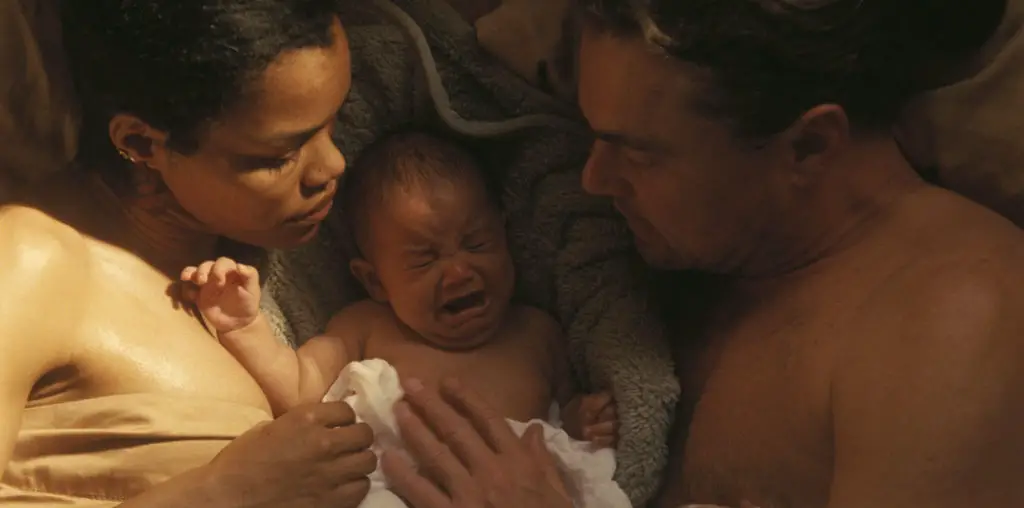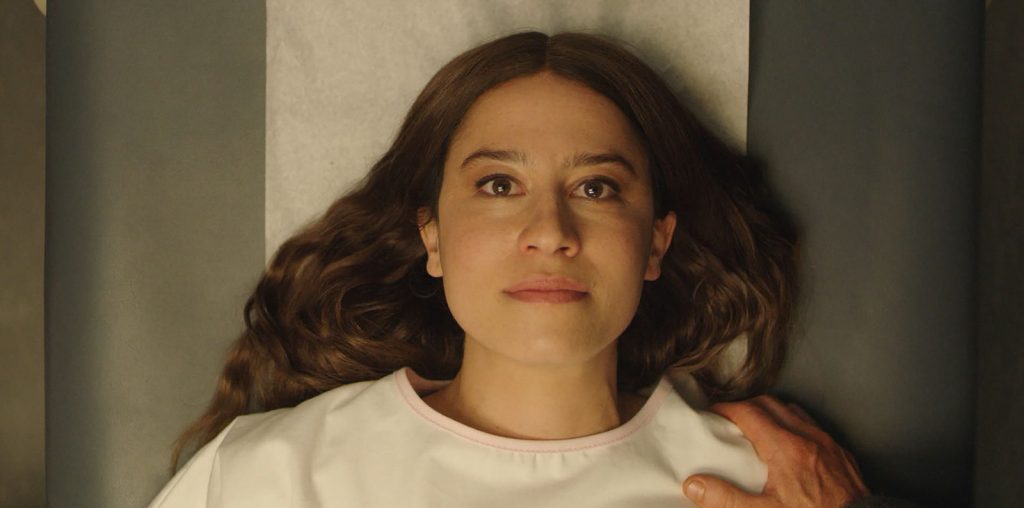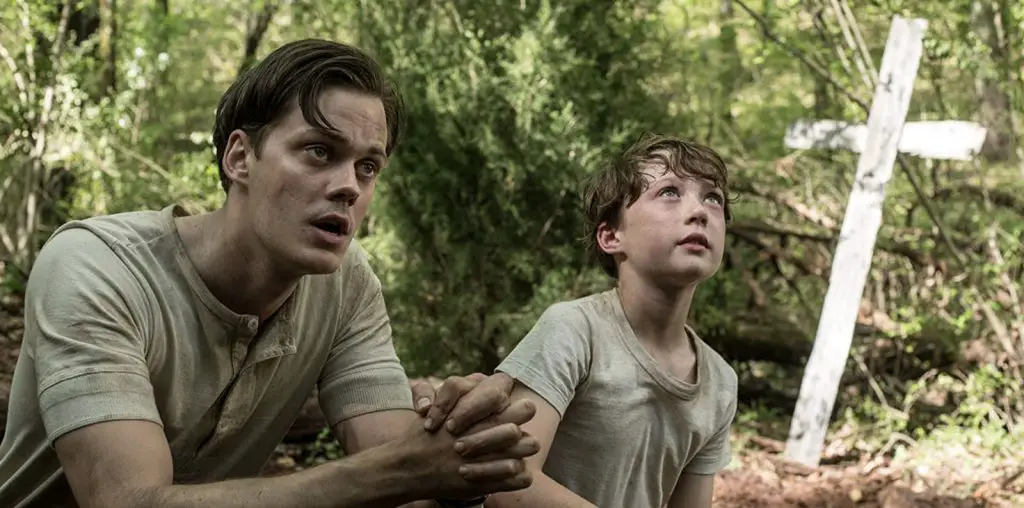
“Ghost Algebra” is one of Janie Geiser’s most beautiful and evocative films, using her style of simply animated objects. The protagonist is the wooden toy figure of a girl, who moves through a world of rings, arrows, medical charts, plastic horses, and drawings of birds. The mood of danger and anticipation is created by the powerful sound collage, a mixture of ambient sounds of children, singing voices, and fragments from movie music.
The film does not tell an explicit story, leaving it up to the viewer to construct their own story out of the many suggestive fragments in the film. In my reading, the girl, who seems to like charts and measuring devices, reminded me of girls I’ve known who are fascinated by science and mathematics. Frequent close-ups on an eyeball indicate her fierce curiosity about the world. She peers into a building which may be an observatory or laboratory, and sees the figure of a soldier. This sight is highly traumatic, causing her to tumble backwards. (We hear the screams of children.)
Is her fear because of the spectacle of war, or of sex? It is clearly a reaction to male violence. In any case, the sight propels her into a kind of dream journey. The birds and her horse now fill up with red paint, pulsing with life, but also fragile and mortal. In the end, this knowledge proves too much for her, and the eyeball retreats behind a veil of leaves. The film’s title might suggest a method for trying to rationalize one’s fear of death, but it might also suggest that the calculations themselves are elusive, ghostly.
Clearly, images and sounds such as these can have multiple readings. Just as clearly, they are not at all random or meaningless, but are highly suggestive of a host of closely related associations. Geiser is a master at bringing together objects, sounds, and scenarios which suggest powerful psychic events, while leaving the interpretation up to the viewer. There is ample space, within her compelling compositions, for us to become co-creaters of meaning.


